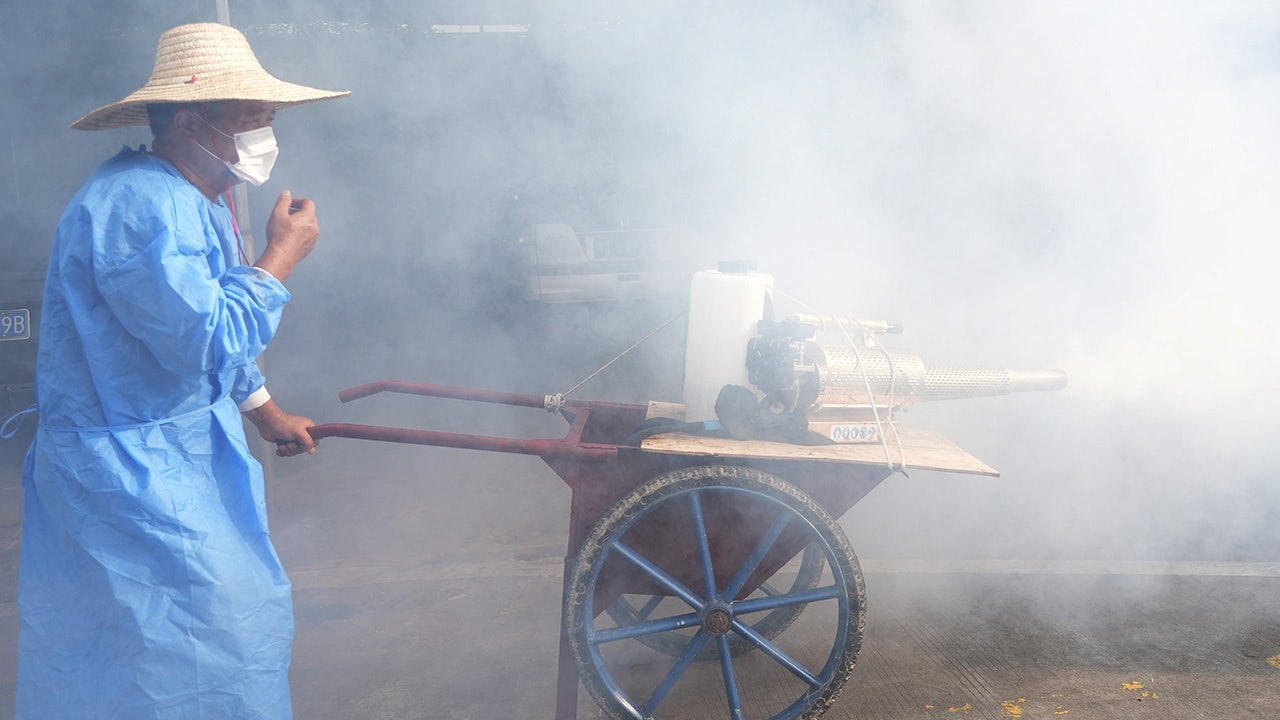Army looks to expand its holistic health program for Guard, Reserve

The Army is conducting a series of pilot studies to determine how to deliver its new all-around health and fitness program to Guard, Reserve and other dispersed units.
Lt. Gen. David Francis, head of the Center for Initial Military Training and deputy commanding general of Training and Doctrine Command, told Army Times in a recent interview that the service is set to have 71 active duty brigades with Holistic Health and Fitness resource teams by October — well ahead of the service’s goal of reaching 111 brigades by 2030.
Now, the Army is turning its attention to Guard and Reserve troops. A series of pilot studies will examine how the fitness program, also called H2F, can be implemented among dispersed units, including Guard and Reserve components and units with less than 1,000 soldiers. The first starts this summer at Joint Base Lewis-McChord, Washington, with an active duty unit.
“The real challenge in delivering this capability will be how we do that with our dispersed units, both in the active component and in the Guard and Reserve,” Francis said.
RELATED
Beginning in 2026, the Army will field six pilots between Guard and Reserve components to help the service refine what the embedded H2F teams will look like for such units, Francis said.
“We are committed to making sure that our Guard and Reserve folks are taken care of because when they go [deploy], they got to be just as strong and fast as everybody else,” said Gen. James Mingus, vice chief of staff of the Army.
The fitness program combines five health domains — physical, sleep, nutrition, spiritual and mental — for an all-encompassing approach to soldier health and performance. Each domain is covered by an expert in the field from strength and conditioning coaches to behavioral health professionals, registered dieticians and chaplains.
First, an active duty study kicks off with the Army National Guard in fiscal year 2026, followed by a pilot in fiscal 2027 examining the Reserve component.
The pilots will use both the Area Support Team and H2Fast concepts, with those teams delivering and managing H2F resources for the dispersed units.
The active duty pilot will convert a former embedded H2F team at JBLM to support the installation commander and smaller brigades at JBLM that did not have teams.
For the Reserve component, five-member H2Fast teams at the readiness division level will manage various health and fitness resources across their assigned units.
Separately, another pilot study is testing wearable fitness devices for soldiers in basic combat training, one station unit training and advanced individual training programs. Those wearables will gather data for officials to include in a larger H2F data management system being built for the entire service.
Francis said the data could be used to adjust how the various schools prepare soldiers before they reach their first unit.
But, Francis stressed, units don’t need to wait to start employing H2F doctrine and concepts at their units.
Some of that is being facilitated by the newly renamed H2F Academy, formerly the Army Physical Fitness School, at Fort Jackson, South Carolina, which offers an H2F Integrator course.
Todd South has written about crime, courts, government and the military for multiple publications since 2004 and was named a 2014 Pulitzer finalist for a co-written project on witness intimidation. Todd is a Marine veteran of the Iraq War.







